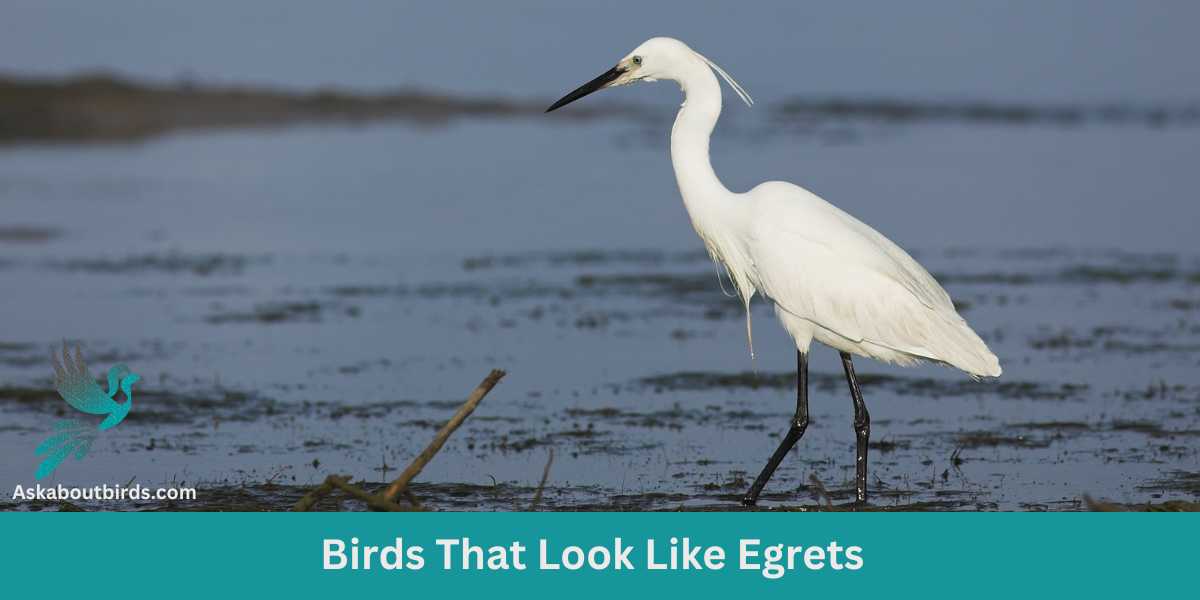Step into the world of avian wonders as we introduce you to 11 bird species that share remarkable resemblances with the graceful Egrets.
Despite their differences in size, habitat, or diet, these birds mirror the beauty and elegance that we associate with Egrets, highlighting the fascinating diversity of the bird kingdom.
Birds That Look Like Egrets
Great White Heron

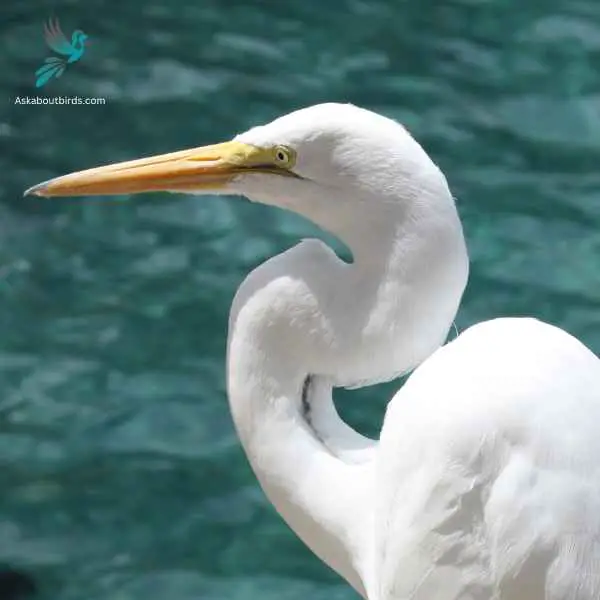
| Feature | Measurement |
|---|---|
| Scientific Name | Ardea herodias |
| Length | 36-54 in |
| Wingspan | 66-79 in |
| Weight | 2.1-2.5 kg |
The Great White Heron (Ardea herodias occidentalis) is a distinct subspecies of the Great Blue Heron found mainly in the Florida Keys and parts of the coastal Everglades. Its distinguishing feature is its entirely white plumage, which sets it apart from the more common bluish-gray morph of its species. This large bird has a long neck, yellow bill, and thick, rounded hunched shoulders. When flying, the neck is tucked in and the legs extend far beyond the tail.
Great White Herons usually inhabit saltwater habitats such as mangroves, tidal flats, and other coastal areas, where they feed primarily on fish. They hunt by standing immobile or wading slowly in shallow water, patiently waiting for fish to come within range. Despite being a unique subspecies with a limited range, the Great White Heron is not currently listed as threatened or endangered. However, potential threats include habitat loss due to coastal development and sea-level rise, disturbance, and pollution. Conservation efforts focus on protecting critical habitats, managing and monitoring populations, and conducting research to better understand this unique subspecies.
Great Blue Heron
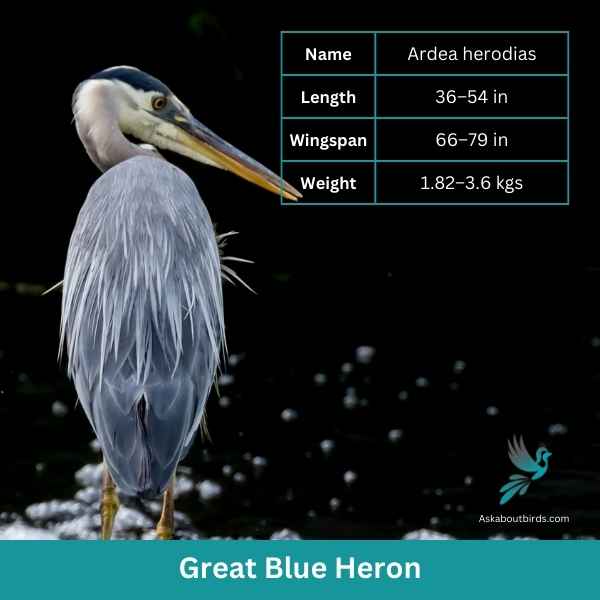
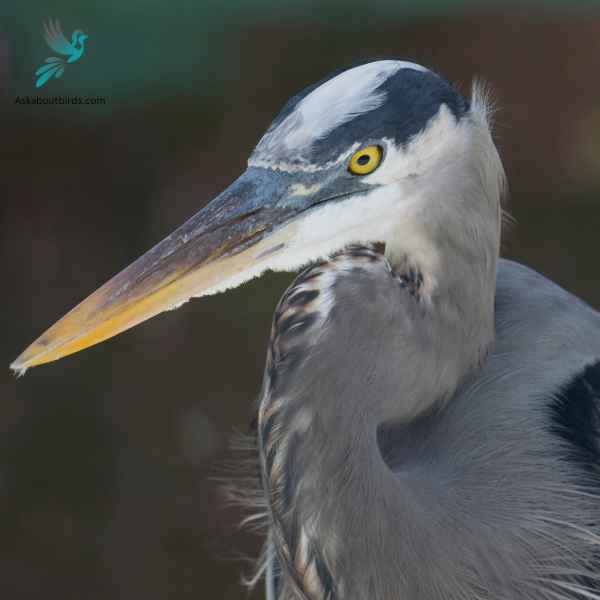
| Feature | Measurement |
|---|---|
| Scientific Name | Ardea herodias |
| Length | 36–54 in |
| Wingspan | 66–79 in |
| Weight | 1.82–3.6 kgs |
Great Blue Herons are the largest heron species in North America, is distinguished by its tall stature and unique blue-gray plumage.
Measuring up to 4.5 feet tall with a wingspan of approximately 6.5 feet, the bird features a long, pointed bill, a white head with a black eye stripe extending to slender black plumes, and robust, elongated legs. Its distinctive flight pattern, forming a tight “S” shape with its neck, sets it apart from similar large birds, like cranes.
Inhabiting various wetland habitats, including marshes, lakes, rivers, and coastal regions throughout much of North and Central America, the Great Blue Heron is a wading bird. Often seen poised statue-like at the water’s edge, these birds are expert hunters, spearing fish and capturing small animals with their sharp bills.
Little Blue Heron
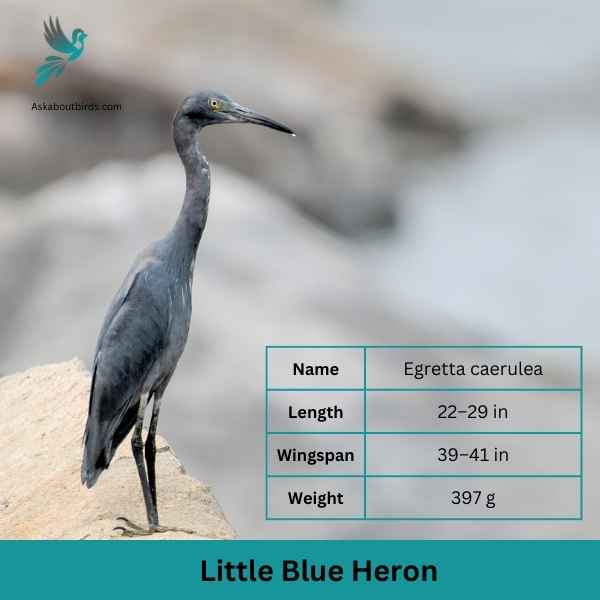
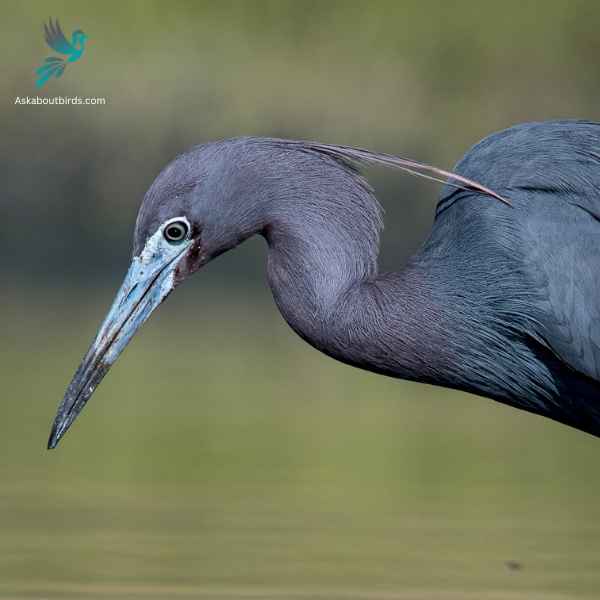
| Feature | Measurement |
|---|---|
| Scientific Name | Egretta caerulea |
| Length | 22–29 in |
| Wingspan | 39–41 in |
| Weight | 397 g |
The Little Blue Heron is a slender and elegant wading bird, often seen foraging in freshwater or saltwater habitats, especially in the southeastern parts of the United States.
Appearance: This heron undergoes a fascinating color transition as it matures. Juvenile Little Blue Herons are white, but they gradually acquire the slate-blue plumage that characterizes adults. The adult has a dark blue-gray body with a purplish neck and head. Their bill is grayish with a black tip.
Diet: The diet of the Little Blue Heron consists mainly of small fish, but they also feed on crustaceans, insects, and other small aquatic animals. Using stealth, they slowly stalk their prey in shallow waters before striking with their long, sharp bill.
Reproduction: Little Blue Herons nest in colonies, often with other wading birds. They build platform nests in trees or shrubs close to water bodies. The female typically lays a clutch of 3 to 5 pale blue eggs. Both parents participate in incubation and feeding the chicks once they hatch.
Black-Crowned Night-Heron


| Feature | Measurement |
|---|---|
| Scientific Name | Nycticorax nycticorax |
| Length | 22.8-26.0 in |
| Wingspan | 45.3-46.5 in |
| Weight | 727-1014 g |
The Black-Crowned Night-Heron (Nycticorax nycticorax) is a medium-sized heron species known for its distinct nocturnal habits and characteristic appearance. The bird displays a stocky silhouette, with a black crown and back, contrasting starkly with its light grey wings and white underparts.
Its eyes are large and red, adapted for its night-time activities, and its legs are relatively short for a heron. The bill is sturdy and black, and during the breeding season, two to three long white plumes extend from the back of the head.
Residing in a wide variety of wetland habitats, from freshwater marshes to coastal regions, the Black-Crowned Night-Heron is found across a large global range, including the Americas, Europe, Asia, and Africa. The species primarily feeds on fish and invertebrates, but it is known to be opportunistic and will also eat small mammals, birds, and eggs.
Yellow crowned night heron
Tricolored Heron
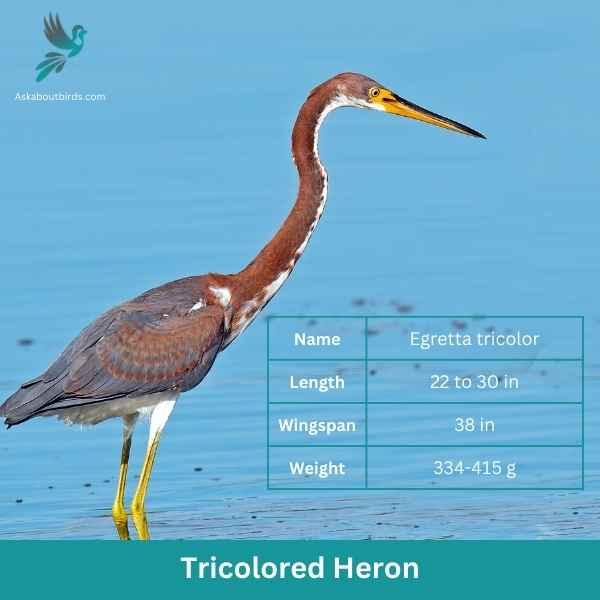
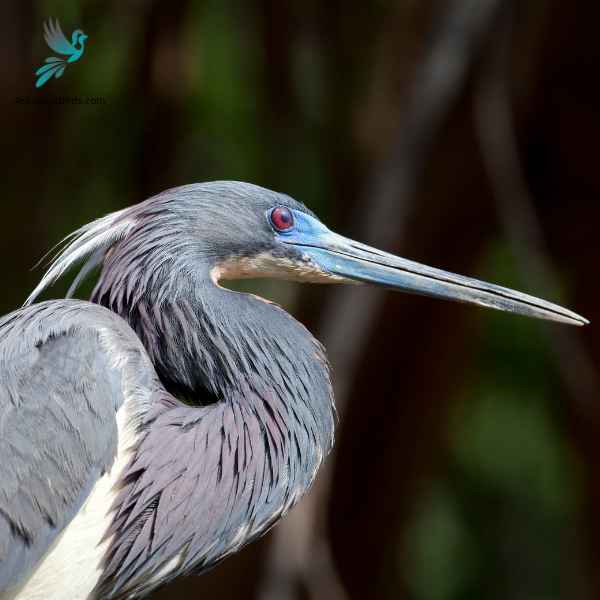
| Feature | Measurement |
|---|---|
| Scientific Name | Egretta tricolor |
| Length | 22 to 30 in |
| Wingspan | 38 in |
| Weight | 334-415 g |
The Tricolored Heron (Egretta tricolor), formerly known as the Louisiana Heron, is a slender, medium-sized heron species recognized for its distinctive three-colored plumage.
It exhibits a blue-gray body contrasted by a white belly and a rust-colored neck, which deepens to a maroon shade during the breeding season. The long, pointed yellowish bill turns blue at the base in breeding adults, further accenting its striking appearance.
Native to coastal parts of the southeastern United States, the Tricolored Heron inhabits salt marshes, mangrove swamps, tidal flats, and freshwater wetlands. It feeds on a diet primarily of small fish, utilizing a unique hunting technique where it often runs through shallow water, spreading its wings to create shade and startle prey.
Brown Pelican
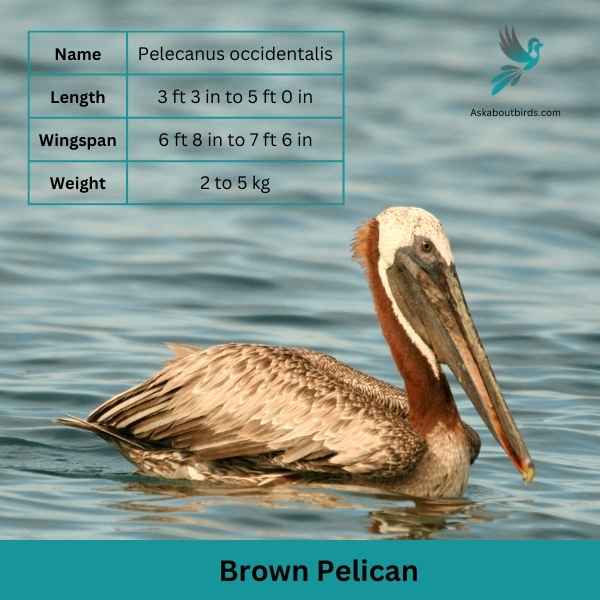
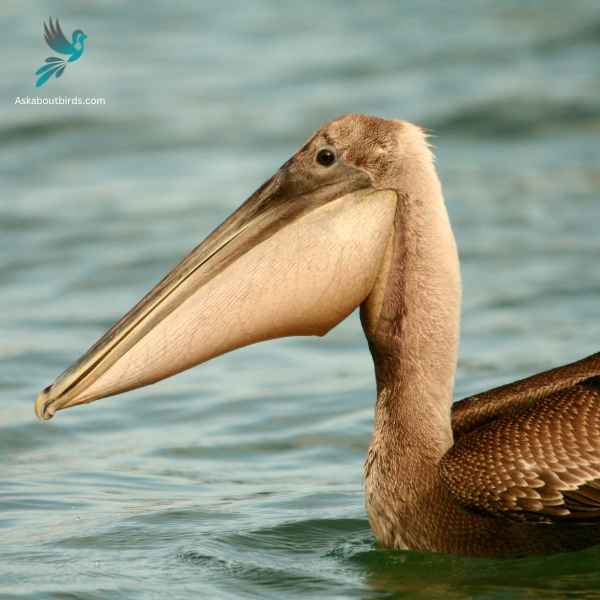
| Feature | Measurement |
|---|---|
| Scientific Name | Pelecanus occidentalis |
| Length | 3 ft 3 in to 5 ft 0 in |
| Wingspan | 6 ft 8 in to 7 ft 6 in |
| Weight | 2 to 5 kg |
The Brown Pelican (Pelecanus occidentalis) is a large water bird recognized by its gray-brown body, white neck, and distinctly large, extendable throat pouch used for capturing fish. Unique among the world’s seven species of pelicans, the Brown Pelican is the only one that dives into the water from the air to catch its prey, making it an iconic sight along the coastal regions of the Americas where it’s often found.
Inhabiting both coasts of North and South America, Brown Pelicans primarily feed on fish, using their large pouches as nets to scoop prey from the water. They’re social birds, often seen flying in flocks, resting communally, or nesting in colonies on islands. Despite having rebounded from the brink of extinction in the 1970s due to pesticide pollution (particularly DDT), Brown Pelicans still face threats including habitat loss, climate change, and human disturbance. Conservation efforts include protecting nesting habitats and monitoring populations to ensure this species remains a staple of its coastal ecosystems.
American White Ibis
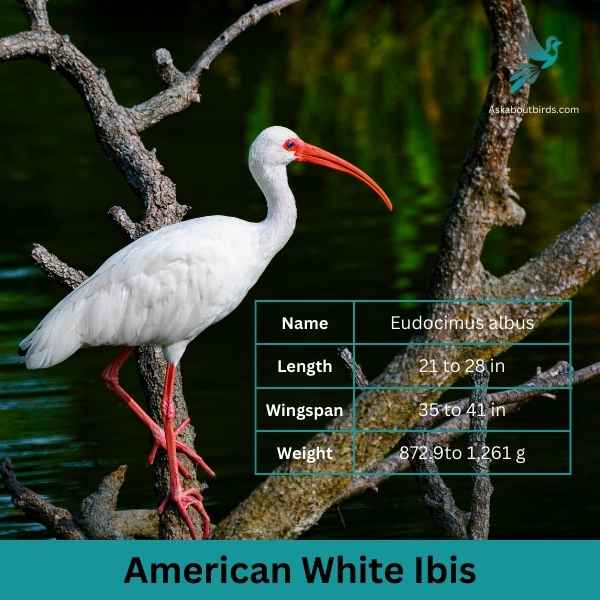
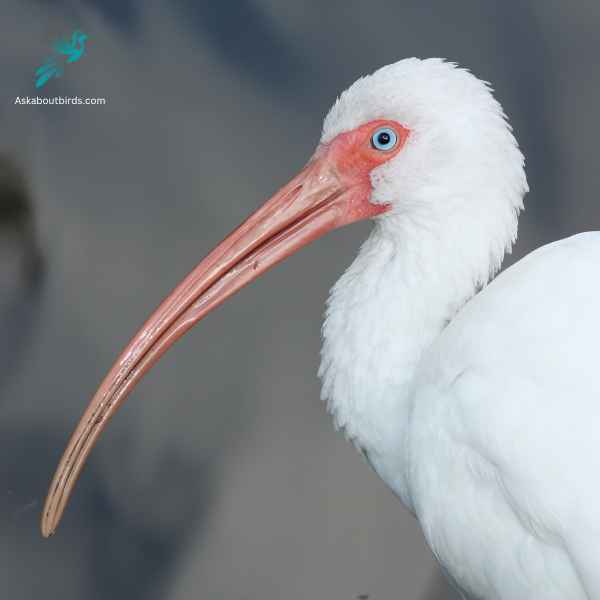
| Feature | Measurement |
|---|---|
| Scientific Name | Eudocimus albus |
| Length | 21 to 28 in |
| Wingspan | 35 to 41 in |
| Weight | 872.9to 1,261 g |
The American White Ibis (Eudocimus albus) is a distinctive bird with an all-white body, bright red-orange down-curved bill, and long legs. During the breeding season, the color of their bill and legs deepens, and they develop a pale blue facial skin. Immature birds are brownish-gray with a white belly until their second year, when they molt into the adult’s white plumage.
Inhabiting the wetlands, marshes, and coastal habitats of the southeastern United States, the American White Ibis is known to travel in large flocks, often flying in a V formation. They are omnivorous birds that predominantly feed on crustaceans and other small aquatic animals that they find by probing their long beaks into soft muddy bottoms of shallow waters.
Roseate Spoonbill

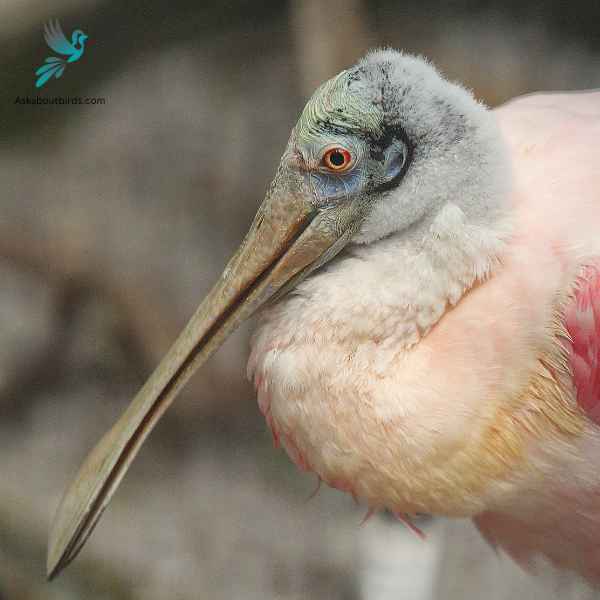
| Feature | Measurement |
|---|---|
| Scientific Name | Platalea ajaja |
| Length | 28–34 in |
| Wingspan | 47–52 in |
| Weight | 1.2–1.8 kg |
The Roseate Spoonbill (Platalea ajaja) is a large, long-legged wading bird known for its unique spoon-shaped bill and striking pink plumage, from which it derives its name.
The species’ eye-catching coloration ranges from light pink to bright magenta, accentuated by a patch of carmine red on the wing and a greenish tinge on the head and neck. The spoon-shaped bill, broad and flat at the end, is a highly specialized tool for feeding, allowing the bird to sweep through the water and scoop up small aquatic animals.
Residing in marshes, lagoons, and mangroves, the Roseate Spoonbill is found in the Americas, from the southern United States through Central America and into South America. They feed on crustaceans and other small aquatic animals, the carotenoid pigments of which contribute to their vibrant pink color.
Wood Stork
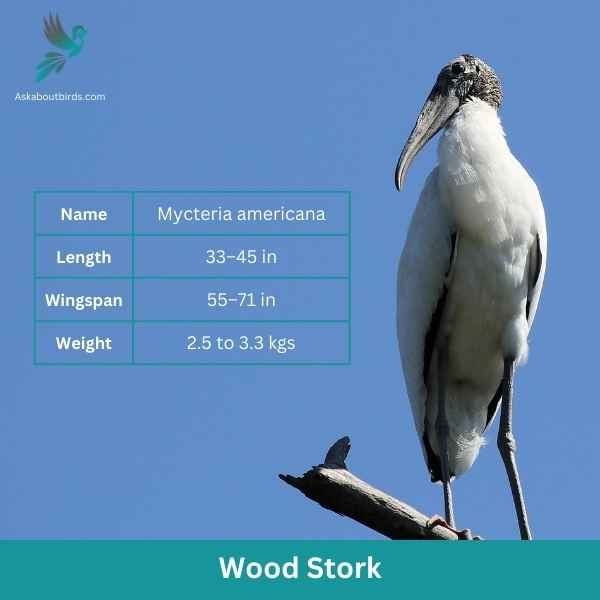
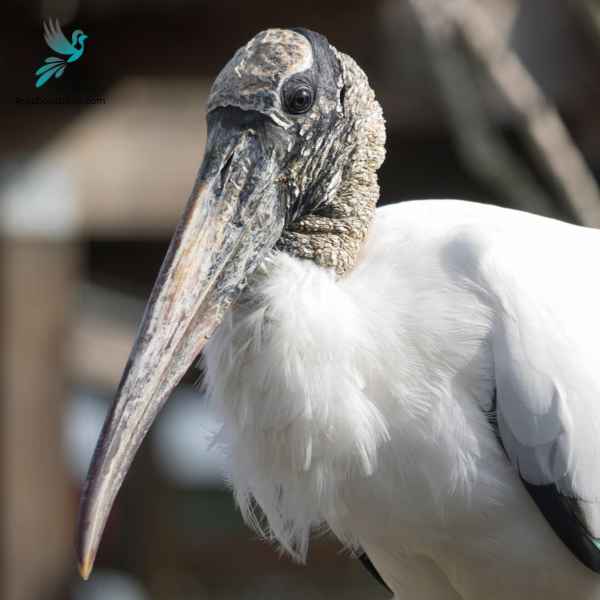
| Feature | Measurement |
|---|---|
| Scientific Name | Mycteria americana |
| Length | 33–45 in |
| Wingspan | 55–71 in |
| Weight | 2.5 to 3.3 kgs |
The Wood Stork (Mycteria americana) is a large, long-legged wading bird, notable for its striking contrast of white body plumage with a dark, featherless head and neck. Its wings are expansive and black, making it particularly conspicuous in flight.
The Wood Stork’s long, down-curved bill is specialized for a unique method of feeding called “tactile foraging,” where the bird catches small fish and invertebrates by feeling their movements in the water.
Found in wetland habitats of the southeastern United States, Central America, and South America, the Wood Stork relies heavily on the presence of shallow water bodies for feeding.
American White Pelican
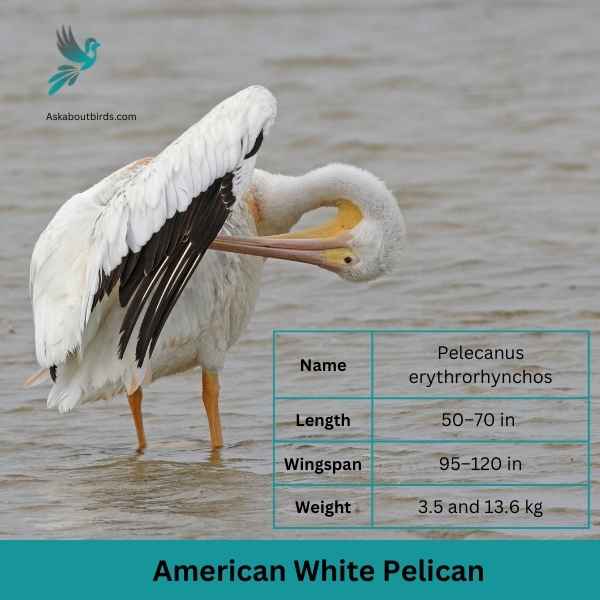

| Feature | Measurement |
|---|---|
| Scientific Name | Pelecanus erythrorhynchos |
| Length | 50–70 in |
| Wingspan | 95–120 in |
| Weight | 3.5 and 13.6 kg |
The American White Pelican (Pelecanus erythrorhynchos) is one of North America’s largest birds, distinguished by its brilliant white plumage, elongated orange bill, and massive wingspan, which can extend up to 3 meters. This bird has a unique appearance with its distinctive pouch used for feeding and a “horn” on the upper part of the bill during the breeding season. Though a large bird, it is very graceful in flight, often seen soaring in flocks in a V formation.
American White Pelicans inhabit lakes, marshes, and salt bays, and despite their size, they are excellent swimmers. They feed primarily on fish, using a cooperative hunting strategy where they encircle schools of fish in shallow water and then scoop them up in their bill pouches. Unlike their brown pelican relatives, they do not dive for their food. During the breeding season, these pelicans will nest in colonies on islands in freshwater lakes.
Egret Species found in America
Great Egret
The Great Egret is a large wading bird known for its majestic appearance. It’s recognized by its white plumage, long black legs, and sharp yellow bill. Great Egrets inhabit both freshwater and coastal habitats, where they hunt for fish and amphibians.
Snowy Egret
Snowy egrets are a smaller species of egret with a distinctive snowy-white plumage. It is known for its black bill and black legs, which strikingly contrast with its bright yellow feet. They are commonly found in marshes and wetlands, feeding on fish and invertebrates.
Reddish Egret
Reddish Egrets are a medium-sized heron, is unique for its two color morphs – white and dark. The dark morph is notable for its slate-grey plumage and reddish head and neck. They are known for their active foraging style, often seen running, jumping, and spinning in pursuit of prey.
Cattle Egret
Cattle Egrets are small, white egrets known for their tendency to follow large grazing animals and catch insects disturbed by them. They have a yellow bill and greyish-yellow legs. In breeding season, they develop buff plumes on their back and chest, and their bill and legs turn bright red.
Little Blue Herons are
Other Similar Birds
Green Heron: The Green Heron, while a member of the same family as egrets, has a noticeably different appearance. It’s smaller, with a stocky build and shorter legs, and it showcases a mix of green, brown, and orange hues rather than the uniform white color often associated with egrets.
Tricolored Heron: The Tricolored Heron can bear some superficial resemblance to egrets due to its slender shape and long neck. However, its distinctive three-toned plumage of blue-gray, lavender, and white is a clear difference. Additionally, unlike most egrets, Tricolored Herons have a white belly and a notably long, pointed bill.
FAQs on Birds Similar to Egrets
What bird is similar to an egret?
Herons are birds that bear a close resemblance to egrets. Both belong to the same family, Ardeidae, and share similar physical characteristics such as long necks, long legs, and a pointed bill. They are also both wading birds found in wetland habitats.
What looks like a white egret?
The White Ibis can often be mistaken for a white egret, especially at a distance. Although their body shape and foraging habits are somewhat similar, the Ibis can be distinguished by its down-curved bill, which is in contrast to the straight bill of an egret.
What is the grey bird similar to the egret?
The Grey Heron is a bird that shares a resemblance with egrets. Despite the color difference, its overall body structure, long neck, and long legs are quite similar to those of an egret. Like egrets, Grey Herons are also often found in wetland habitats.
What is the difference between an ibis and an egret?
While both Ibis and Egrets are water birds, there are notable differences between the two. The most distinctive difference is their bills. Egrets have a long, sharp, and usually yellow bill, while Ibises have a long, thin, downward-curved bill. Furthermore, Egrets are generally larger than Ibises and have a completely different flying style.

